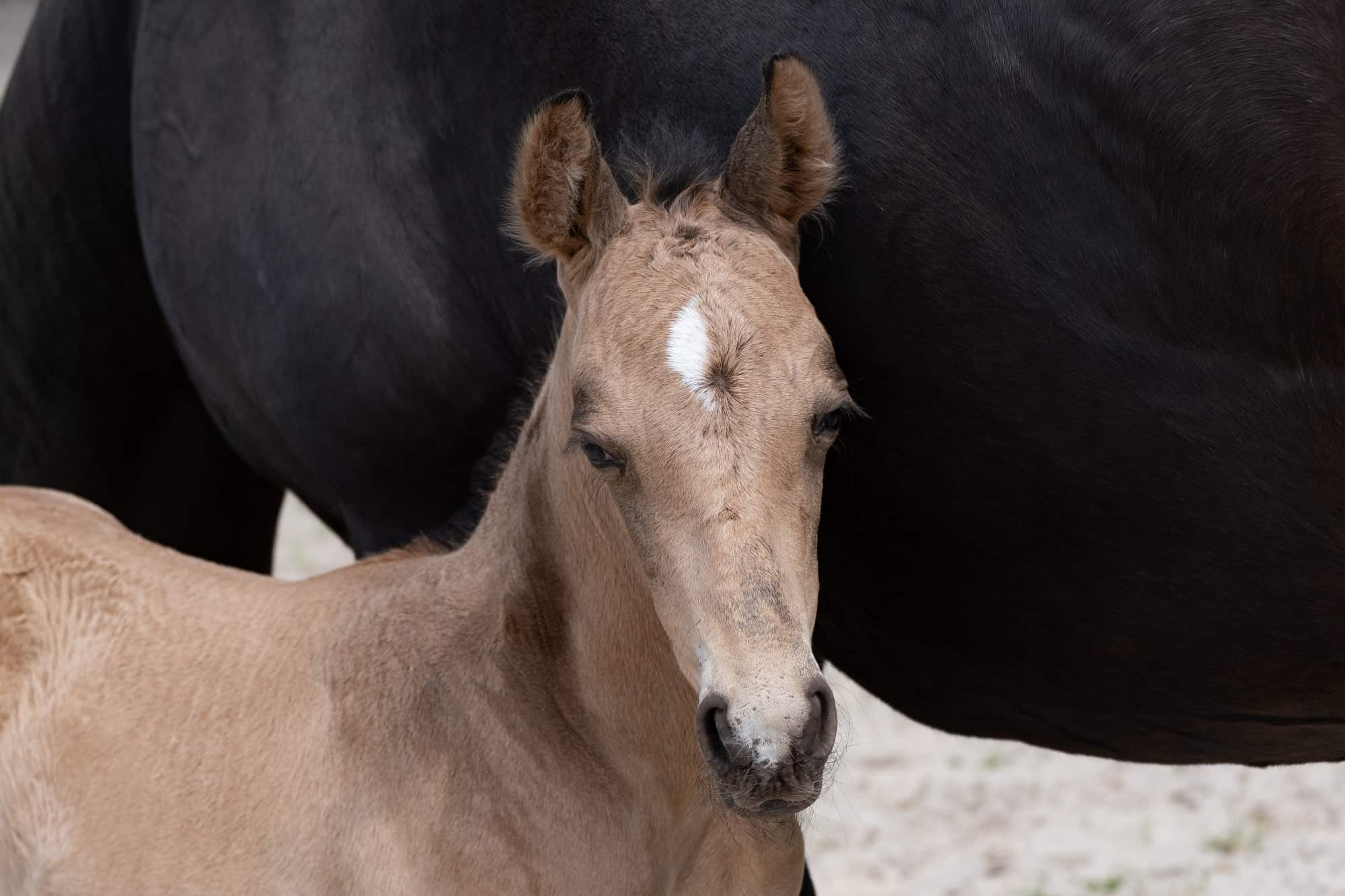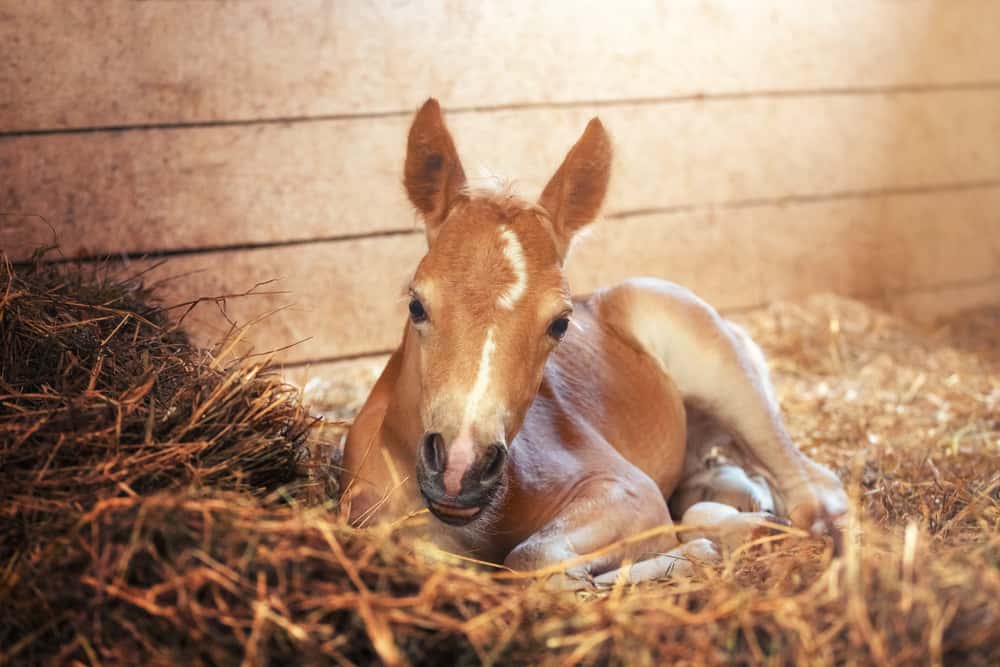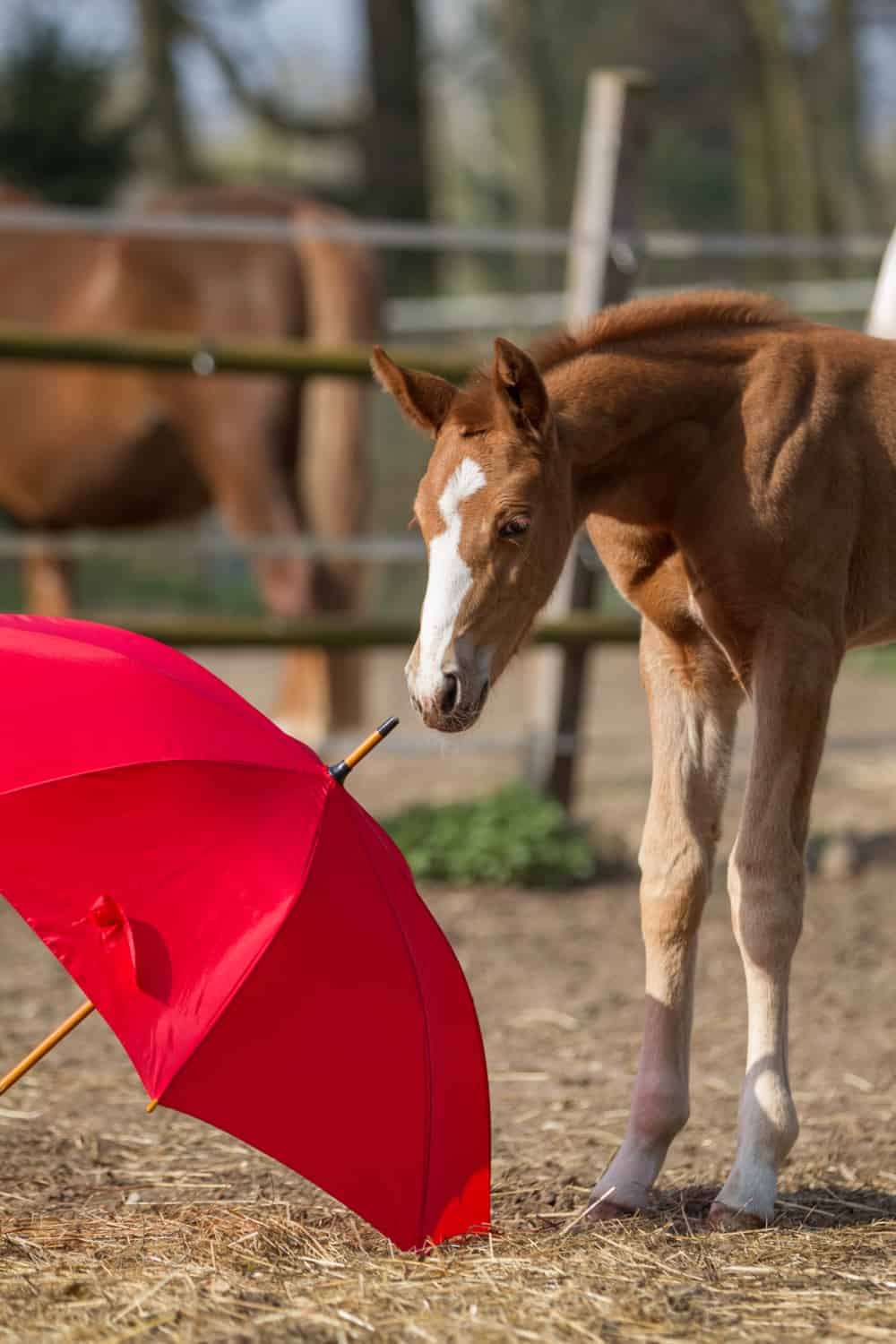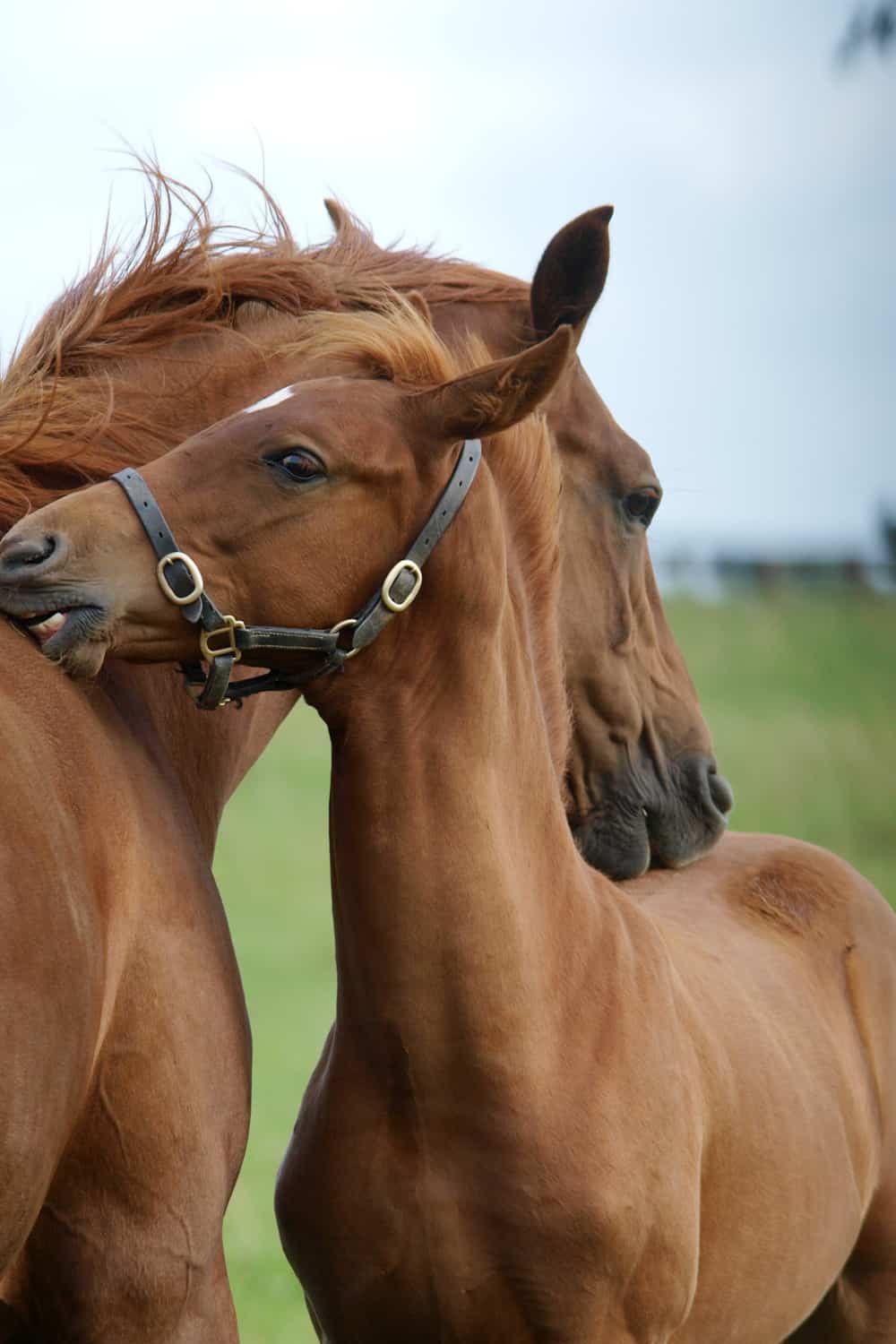Have you ever come across words that describe horses, and they confuse you? Well, the word filly is one of them. For that reason, we shall discuss what a filly horse is, the origin of the word, features of the horse, its differences with the mare, and how to feed it.
The word can confuse you further because it describes horses of a specific gender and stage in life. Well, if you love horses, it’s good to know about such terms.
So, what does the term filly horse mean? Get ready as we start by telling you what a filly is.
What is a Filly?
A filly is a biological word that defines a female horse. So, first, know that it only talks about one gender. Also, the term only refers to horses that are three years or younger.
Remember, when every horse is born, call it a foal. It applies to every newborn baby horse up to when it gets to one year, whether it’s male or female. But after one year, the title changes to a filly if it’s female and colt if it’s male.
What if you are not yet sure if it’s a horse, pony, or mini-horse? Then, call it a filly foal if it’s under one year old.
Origin of the Word Filly
After understanding what filly means, you would ask yourself, where did the word come from? Well, the term came from the Old Norse of “Fylja” in the 1500s. It means to follow or a young female foal.
The word went on to be “filli” in the Middle English. Filli is the same as the old English word known as a foal. So, filli meant a one-year-old animal that would always follow its mother everywhere it went.
Also, the filly has French and Australian origin, all having a similar meaning as the Old Norse.
What are the Features of a Filly Horse?
A filly has unique features to make it different. Most people prefer getting a filly because it’s bright. Also, a filly horse can carry some of the characteristics to the next stage of life if you take good care of it.
So, here are the things you will find in every filly.
- Fillies have the age of between one to three years old.
- The young horses are intelligent, gentle, and loving despite having a very young age.
- Expect your filly to be shy, which shows that it’s humble.
- At the age of two, expect a filly horse to be sexually active. But you can’t use a filly for breeding, giving birth, or dairy benefits. They can have these benefits only when they fully grow.
- Fillies have a strong and built body structure because they grow fast. So, at the age of two, you can use a filly for racing.
What are the Differences between a Mare and a Filly?
A filly and mare are easy to differentiate. As your interest in horses grows, the two words can confuse you, but the two horses are very different.
So, to know the difference between the types of horses, consider the following aspects.
Age
A mare is older than a filly. A filly is a female horse that is young and between one to three years old. On the other side, a mare is a female horse that you can breed and are four years or older.
The ages are very close but remember, once a filly is more than three years old, you can call it a mare.
Physical Ability
Expect a mare to be stronger than a filly. As a female horse grows and develops, the body becomes much stronger and taller. So, you cannot compare what a mare can do for you to what a filly can do.
Roles
The physical features of a mare allow it to breed and carry a baby for 11 months. Also, most mares only have one foal in their womb before giving birth. But it shouldn’t surprise you if you see a mare giving birth to two foals.
Remember, mares can give birth up to even when they are twenty years old.
You can’t do any breeding to the fillies because they are still young and developing. Although, at two years, expect your filly to be sexually active but if you want it to live, first allow it to grow.
In some places like central Asia, people use mares to get horse milk. A filly can’t give birth, and thus it can’t give you any milk.
You can use both horses for racing. But should the intensity of the races be the same? No, since fillies are still growing, you should not introduce the horses to many races. So, you can train your mare and let it race longer than a filly.
Behavior
Mares have mature behavior because of their age. So, starting from the age of 4 and above, female horses grow to have more courage, become loyal and loving. Also, mares grow to become easy to handle in races.
What is the behavior of fillies? Expect a filly to have less courage and is a bit tough to handle because of being young and with the need of monitoring as it grows.
How Should You Feed Your Filly?
Like young humans, how you feed your filly will affect its life and well-being. If you feed it well, the filly will be sound and with fewer problems. So, while it’s still young, introduce your filly to the correct nutritional care, and it will pay off in the future.
Starting from when it’s a foal, good nutrition can make your filly grow fast, gain height and weight, and be strong. But what should you do to see that your filly is under a good diet? Don’t worry! Here is what you should do to feed it well.
Focus on Balancing the Diet
Feeding your young filly will be good if you give a balanced diet. So, the food should provide more energy or calories and support the growth and repair of the filly’s body.
What will happen if a filly doesn’t get a balanced diet? If you don’t give the filly a balanced diet, the young horse will not develop well, and its performance will reduce. Also, the filly will have a weak immune system.
Remember, it’s not safe if you feed your filly with nutrients that will make it gain weight very fast. Also, if you don’t give your horse body nutrients, it will not be good for its growth and will bring health problems.
The filly should eat proteins that are easy to digest, proper vitamins, and the correct number of calories.
Check on the Age for Diet Change
As your horse turns into a filly, the growth slows down. So, it would be best to change the nutritional plan for the filly as it grows older. At the age of one year, the filly should take only 50 % hay and pasture and 50% manufactured food.
When a filly passes two years old, you should change its diet. As you change the plan, be careful not to overfeed the filly. So, use a body scoring tool to check on its growth and fat levels. The level should be at 5 or 6 on the scale.
As it gets older, the growth rate of the filly reduces. The main change that you should make is giving the filly 10% protein. Also, keep on monitoring its growth using the body scoring tool to make more changes to the food intake.
General Care
Your vet or horse professional should be close to you. A horse pro will help you create a good feeding and health care plan. Also, expect the vet to help you deworm and vaccinate the filly to ensure that it feeds well.
Remember, vaccinating the filly varies because of various factors. So, a vet will help you handle your horse without hurting your horse.
Other nutritional guidelines that you should observe are:
- Give your filly high-quality hay to help in good digestion.
- Continually monitor the weight and height of the filly.
- Feed the young horse separately for better monitoring.
- Don’t overfeed the horse because it can cause some nutritional diseases.
- The horse should exercise every day. It helps in burning calories.
- Lastly, give your horse clean and fresh water.
Conclusion
As you can see, a filly is a word that describes the horse’s gender and age. At a young age of 1 to 3 years, these horses grow fast for you to train them to race. The behavior of a filly will attract you to fall in love with it.
It’s easy to know the difference between a mare and filly, even if they have a slight age difference. Also, feeding a filly is simple but remember not to overfeed it. Nutrition is a crucial aspect of its growth.
So, do you have any more thoughts or concerns about fillies? Please, you are free to reach to us.












In the Thoroughbred world, a female horse is a filly through her first 4 years. She doesn’t become a mare until her 5th birthday.